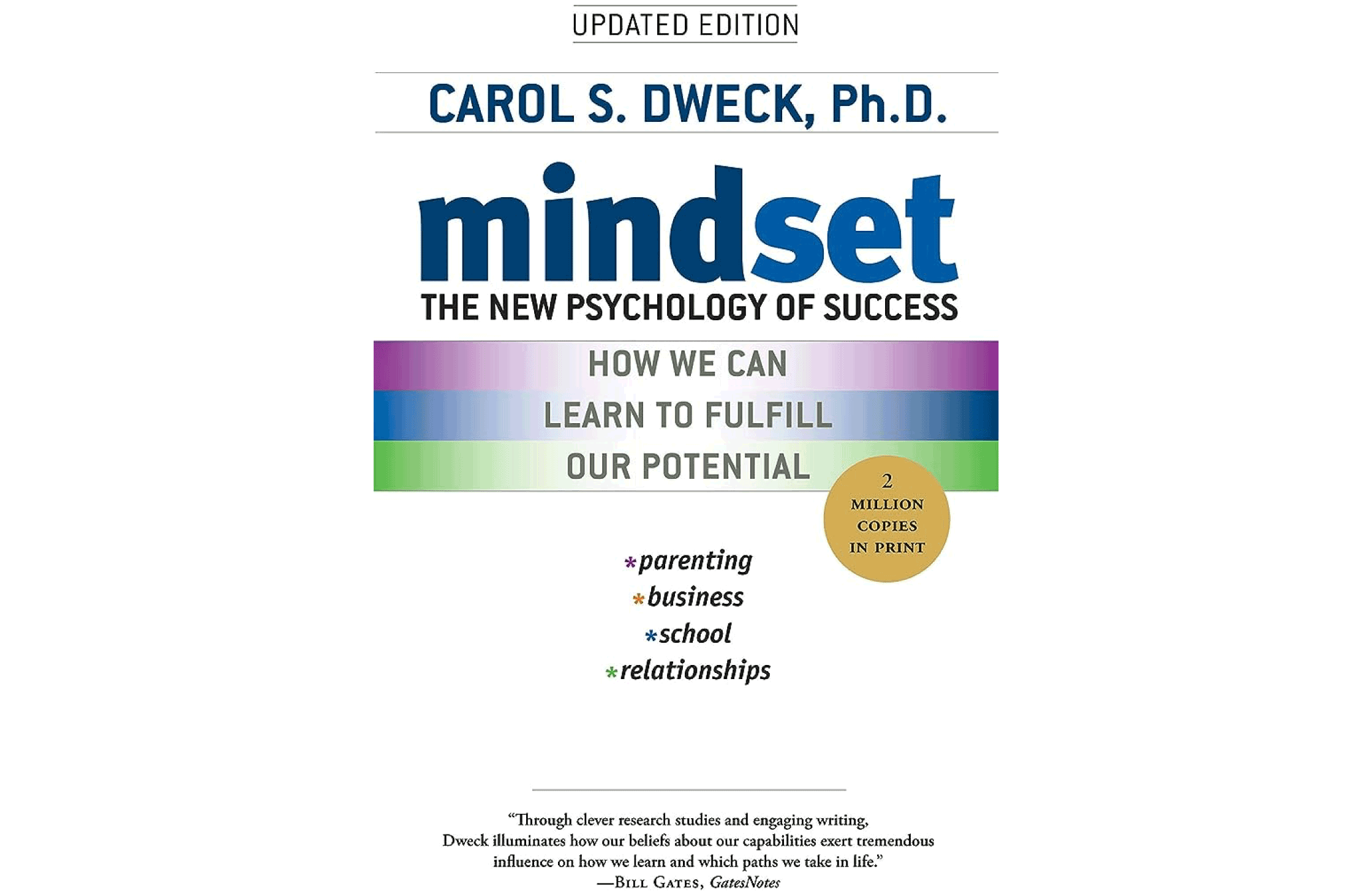3 Fearless Examples of Embracing Change and Cultivating Growth
Learn to navigate change with 'Who Moved My Cheese?' on Apollo Advisors. Embrace adaptability, master a growth mindset, and draw inspiration from entrepreneurial leaders. Unlock strategies for thriving in an ever-evolving business landscape.

In the ever-evolving business landscape, change is not just inevitable; it is the only constant. Entrepreneurs, by nature, embark on journeys filled with unknowns and uncertainties. The difference between those who thrive and those who falter lies not in the challenges they face but in how they respond to them. Two seminal works, "Who Moved My Cheese?" by Spencer Johnson, M.D., and "Mindset" by Carol Dweck, offer profound insights into the attitudes and psychological frameworks that distinguish successful entrepreneurs.

The Inevitability of Change: Lessons from "Who Moved My Cheese?"
Spencer Johnson's "Who Moved My Cheese?" presents a simple yet powerful parable that mirrors entrepreneurship's unpredictable and often challenging journey. The story revolves around four characters in a maze, searching for cheese—a metaphor for what we pursue in life, be it success, happiness, or, in the case of entrepreneurs, business growth and innovation. The cheese suddenly disappears, and the characters' responses to this change encapsulate the essence of adaptability.
"What would you do if you weren't afraid?" - Spencer Johnson, M.D.
This quote encapsulates the mindset entrepreneurs must adopt to navigate business uncertainties. Change is inevitable. The market will shift, consumer demands will evolve, and what worked yesterday might not work tomorrow. The successful entrepreneur doesn't waste time lamenting over lost cheese. Instead, they quickly acknowledge the situation, adapt their strategies, and search for new opportunities. This proactive approach to change is not just about survival; it's about seizing the moment to innovate and lead.

The Growth Mindset: The Foundation of Adaptability
While Johnson's parable teaches us to accept and adapt to change, Carol Dweck's "Mindset" delves deeper into the psychological traits that enable us to do so effectively. Dweck introduces two contrasting mindsets: the fixed mindset, which perceives abilities as static and unchangeable, and the growth mindset, which views abilities as qualities that can be developed through dedication and hard work.
"In a growth mindset, challenges are exciting rather than threatening. So rather than thinking, oh, I'm going to reveal my weaknesses, you say, wow, here's a chance to grow." - Carol S. Dweck
Entrepreneurs with a growth mindset see challenges not as threats but as opportunities to learn, grow, and improve. This mindset fosters resilience, a crucial trait for navigating the ups and downs of building a business. When faced with failure, growth-minded entrepreneurs are less likely to give up. Instead, they analyze their experiences, learn from their mistakes, and pivot their strategies accordingly.
Famous Examples of Embracing Change and Cultivating Growth
Steve Jobs and Apple's Reinvention
Steve Jobs exemplified the essence of embracing change and leveraging it for innovation. After being ousted from Apple, the company he co-founded, Jobs returned in 1997 to find it on the brink of bankruptcy. Instead of sticking to the status quo, Jobs spearheaded a series of product innovations—iPod, iPhone, iPad—that saved Apple and revolutionized the technology industry.
"Innovation distinguishes between a leader and a follower." - Steve Jobs
Jobs’ ability to anticipate and adapt to changing consumer demands, coupled with his growth mindset, transformed Apple into one of the most valuable companies in the world.
Reed Hastings and Netflix’s Evolution
Under the leadership of Reed Hastings, Netflix is a prime example of a company that has thrived by embracing change. Starting as a DVD rental service, Netflix transitioned to streaming, fundamentally altering how people consume media. Hastings' foresight to pivot to streaming before digital became mainstream—and later, investing in original content—showcases a strategic adaptability and growth mindset.
"Do not be afraid to get creative and experiment with your marketing." - Reed Hastings
This evolution kept Netflix relevant and competitive in a rapidly changing entertainment landscape.
Satya Nadella’s Transformation of Microsoft
When Satya Nadella took over as CEO of Microsoft in 2014, he inherited a company struggling to keep pace with its competitors. Nadella shifted Microsoft’s focus towards cloud computing and reoriented the company culture around a "learn-it-all" philosophy instead of a "know-it-all" mindset.
"Be passionate and bold. Always keep learning. You stop doing useful things if you don't learn." - Satya Nadella
This shift led to significant growth in new areas, such as Azure and Office 365 and revitalized Microsoft’s position in the tech industry.
Conclusion
For entrepreneurs, navigating the maze of business is an ongoing journey of discovery, learning, and adaptation. The lessons from "Who Moved My Cheese?" and "Mindset," illustrated by the real-life examples of Steve Jobs, Reed Hastings, and Satya Nadella, underscore the power of embracing change and fostering a growth mindset. By integrating these principles into


